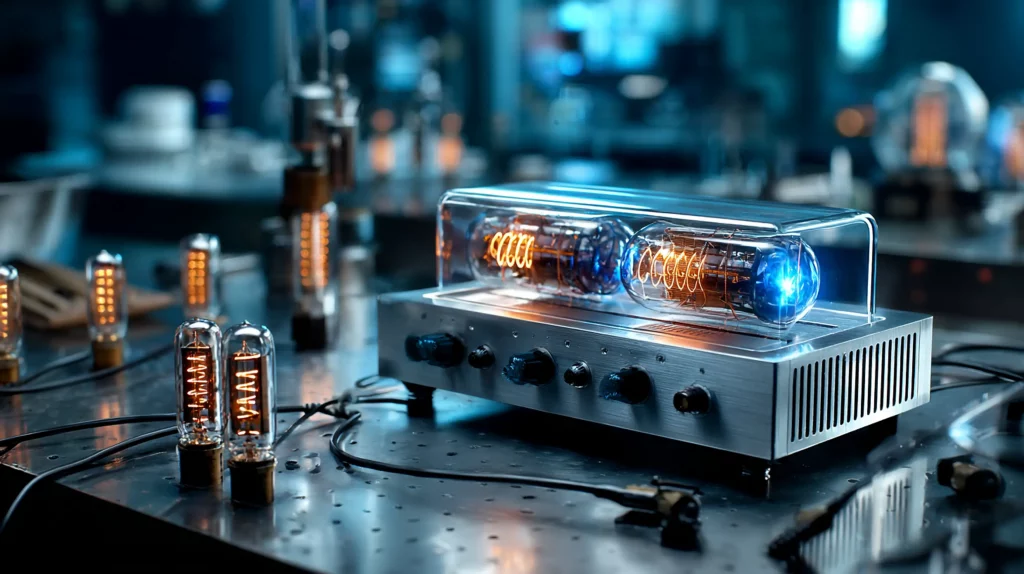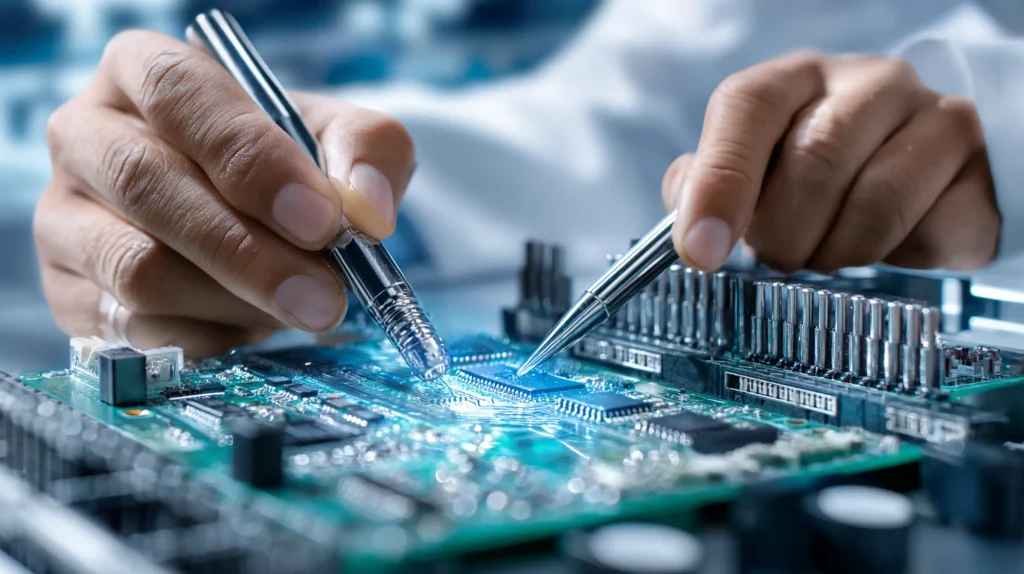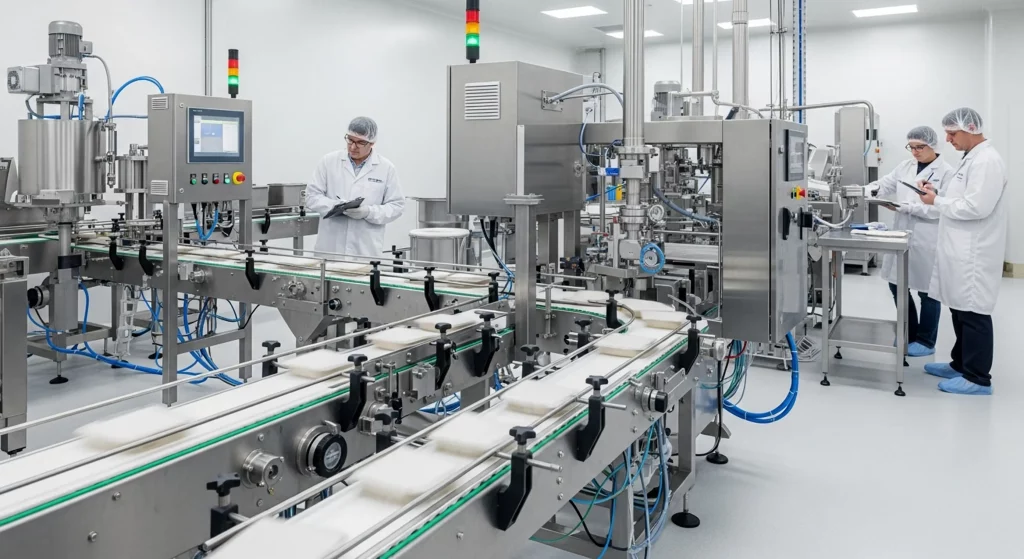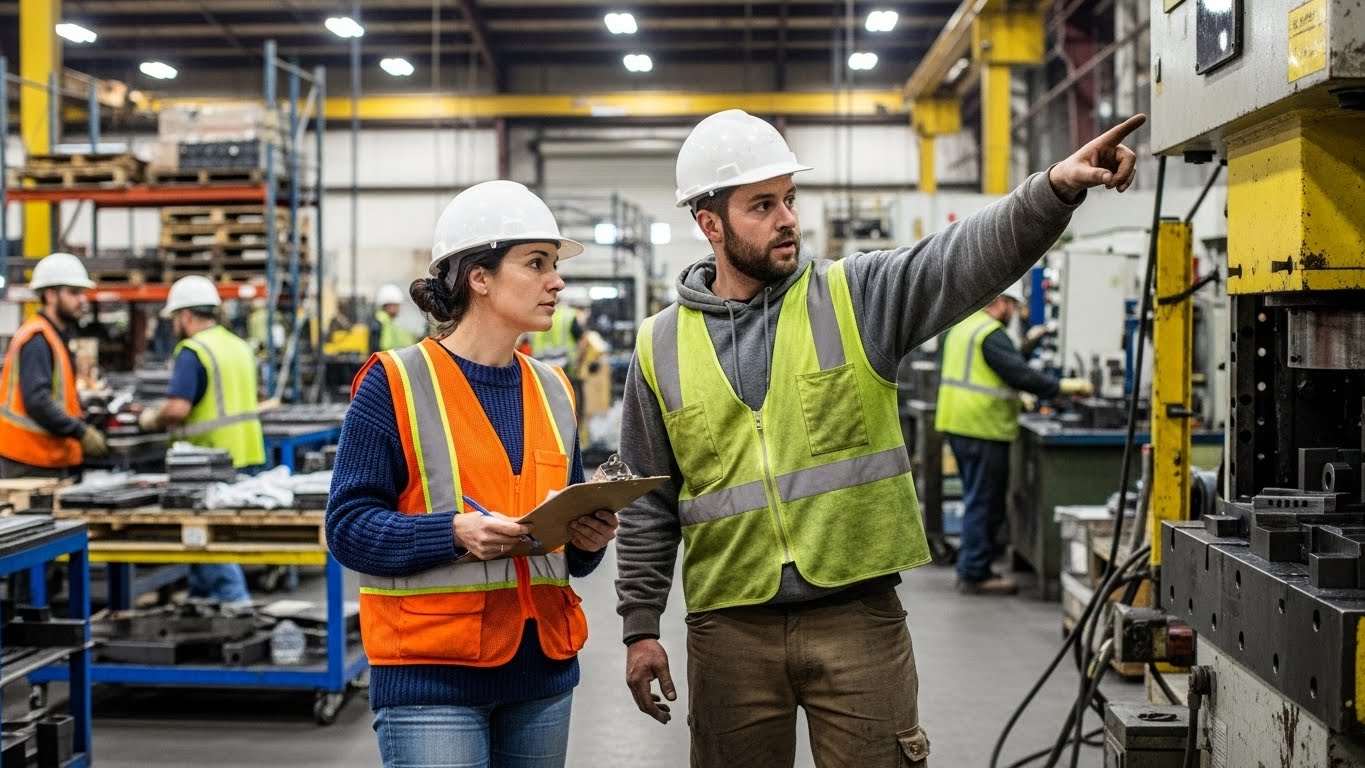Why SR&ED Matters for Hardware Innovators
If you’re developing electronic systems, building new hardware, or refining physical products, you already know that innovation comes with a price tag. The time, testing, and talent it takes to move from concept to working prototype can consume significant resources long before you ever make a sale.
That’s where the Scientific Research and Experimental Development (SR&ED) program comes in. It’s Canada’s largest innovation incentive, designed to reward companies that push technical boundaries. Each year, billions of dollars are refunded to Canadian businesses for the work they’ve already done solving real engineering challenges.
For electronics and hardware companies, SR&ED can be transformative. Whether you’re developing IoT devices, robotics, custom control systems, or advanced manufacturing processes, the program helps you recover a meaningful portion of your R&D investment. The result is more working capital to reinvest into your next iteration, product line, or market expansion.
The Innovation Reality in Hardware and Electronics

Hardware innovation doesn’t happen overnight. It’s not just about writing code or designing schematics. It’s a process of experimentation, failure, and refinement. Most product teams know this cycle well:
Concept → Design → Prototype → Test → Iterate → Repeat.
Each stage involves technical hurdles that can’t always be solved by searching for an off-the-shelf solution or consulting a data sheet. The reality is that developing reliable hardware often requires pushing the limits of existing knowledge, especially in areas like power efficiency, signal integrity, durability, or manufacturability.
But this level of experimentation comes at a cost. Specialized components, lab equipment, and engineering hours can quickly add up. For small to mid-sized companies, those R&D expenses can easily exceed hundreds of thousands of dollars a year.
The good news is that SR&ED is designed for exactly this type of work. When you encounter technical uncertainties that require a systematic process of testing and discovery, that effort likely qualifies as experimental development. The credit essentially pays you back for doing what you already have to do to stay competitive.
What Makes Electronics and Hardware Projects SR&ED-Eligible

The SR&ED program defines eligibility using three main criteria: uncertainty, systematic investigation, and advancement. In practice, that means your project must involve a technical challenge that could not be solved using standard engineering knowledge, and you must have followed a structured approach to find a solution (although you do not actually have to achieve your goal).
Let’s look at how this applies to hardware and electronics:
Scientific or Technological Uncertainty
This is the core of eligibility. In electronics, it often arises when performance targets exceed known design limits, like signal distortion at high frequencies, EMI issues that appear during integration, or thermal limits in miniaturized circuits. In hardware design, uncertainties might relate to material fatigue, vibration tolerance, or how mechanical and electronic components interact under extreme conditions.
If your engineers had to experiment because the answer wasn’t available in the public domain or from standard practice, you’re likely addressing a genuine technological uncertainty.
Systematic Investigation or Experimentation
The CRA expects that your team followed a logical process: Defining a hypothesis, testing alternatives, and recording results. Iterative prototyping, controlled testing, and simulation-based design optimization all count as systematic approaches.
Advancement of Knowledge or Capability
Even if your final product never made it to market, your work may still qualify if it resulted in new knowledge. The SR&ED program recognizes that innovation involves learning what doesn’t work as much as what does.
Common SR&ED-Eligible Activities in Electronics and Hardware

Many hardware and electronics companies underestimate how much of their day-to-day R&D qualifies for SR&ED. Below are examples of typical hardware and electronics activities that often meet the SR&ED eligibility criteria.
Electrical and Electronic Design
- PCB layout optimization to reduce interference or power loss.
- Integration of new sensors or wireless communication modules.
- Redesigning circuitry for lower noise or higher reliability.
- Developing or testing custom power management systems.
Mechanical and Structural Design
- Designing and testing new enclosures to meet environmental or thermal requirements.
- Investigating materials for vibration resistance or heat transfer.
- Developing new mechanical assemblies that improve durability or miniaturization.
Embedded Systems and Firmware
- Overcoming hardware-software communication issues.
- Reducing latency or optimizing memory usage for real-time control.
- Experimenting with new algorithms to improve performance or energy efficiency.
Production and Process Development
- Customizing manufacturing equipment to produce a new form factor.
- Developing new assembly methods to improve precision or reduce defects.
- Automating quality control or integrating machine vision systems.
Testing and Validation
- Running environmental stress tests (temperature, vibration, humidity).
- Measuring electromagnetic compatibility and radiation.
- Developing custom testing rigs or measurement systems to evaluate prototypes.
It’s worth noting that SR&ED covers both product development and process innovation. If you’re improving how something is made, you may have a valid claim.
SR&ED Costs You Can Claim

Understanding what costs qualify is critical to maximizing your claim. The SR&ED program is designed to refund or credit a portion of your eligible expenditures, which typically include:
Labour
Wages for employees directly involved in experimental development, including engineers, designers, technologists, and support staff. Supervisory and management time related to the project can also be included in part.
Materials
Components, raw materials, and consumables used in prototypes or destroyed during testing. For example, multiple PCB iterations or 3D-printed enclosures used for validation.
Subcontractors and Consultants
Specialized testing, design, or fabrication services. Outsourced expertise often plays a big role in hardware projects, and these costs can be partially claimable if the work is SR&ED-related.
Overhead
You can claim certain overhead expenses, such as utilities, software licenses, or facility costs that directly support R&D activities.
Companies can use either the proxy method or the traditional method for calculating eligible expenditures, but most mid-sized hardware firms find the proxy approach simpler and more predictable. Only if there are significant overhead costs relative to labour costs would a company choose the traditional method.
Documentation: The Cornerstone of a Successful Claim
Documentation is the single most important factor in defending and maximizing your SR&ED claim. It proves that your work involved experimentation, uncertainty, and a structured process.
Good documentation doesn’t have to mean extra paperwork. Many hardware teams already collect valuable evidence through their standard workflows. Examples include:
- CAD and PCB design revisions.
- Firmware version control logs.
- Engineering notebooks or Jira tickets.
- Prototype test data and reports.
- Meeting notes or internal emails discussing test results and design changes.
The CRA values contemporaneous documentation (records created during the project, not written afterward). That’s why implementing light but consistent tracking throughout the year can make a major difference.
Modern platforms, including GrowWise’s AI-assisted SR&ED tools, can automate much of this tracking so that eligible activities are captured without interrupting your engineering process.
Real-World Example: From Prototype to Refund

Imagine a mid-sized Canadian company developing industrial IoT sensors. Their goal is to create a device that monitors humidity and temperature with high accuracy across a range of harsh environments.
During prototyping, they encountered a persistent issue: readings would drift under high humidity, and standard PCB coatings failed to prevent interference. The team ran a series of controlled experiments testing alternative conformal coatings, adjusting circuit spacing, and redesigning the sensor housing to reduce condensation effects.
Each iteration brought new data and learning. Some solutions failed completely, while others improved reliability. The team eventually developed a hybrid design that achieved stability under all test conditions.
Under SR&ED rules, this qualifies as experimental development. The company’s engineers faced a technological uncertainty, performed systematic testing, and achieved a measurable advancement. The outcome was not only a better product but also a significant SR&ED refund of over $150,000, which funded the next phase of R&D.
This story is typical. Many hardware companies assume SR&ED only applies to pure research or software, but in reality, it rewards the problem-solving and experimentation you’re already doing.
Common Mistakes Hardware Companies Make
Even highly technical teams can overlook or mismanage SR&ED opportunities. Here are some of the most common issues we see:
- Underreporting R&D:
Teams assume only major breakthroughs qualify. In fact, incremental innovation often counts when it addresses a genuine technical challenge. - Missing Documentation:
Reconstructing project records after the fact is difficult. CRA reviewers want to see real-time documentation. - Ignoring Process Improvements:
Many firms focus only on new products, but developing or optimizing a manufacturing process can be equally eligible. - Poor Cost Tracking:
Without separating experimental work from routine production, you risk losing eligible expenses. - Weak Technical Narratives:
SR&ED claims are evaluated on the technical story. It’s important to clearly explain what was uncertain, how you tested solutions, and what you learned.
Avoiding these pitfalls requires a mix of engineering discipline and SR&ED expertise. Engaging a specialist or using a structured platform can save both time and frustration.
How GrowWise Simplifies SR&ED for Hardware Innovators

At GrowWise, we’ve worked with hundreds of companies across manufacturing, robotics, cleantech, and electronics. We understand that founders and engineering leaders don’t have time for bureaucracy but want clarity, speed, and accuracy.
Our approach combines supervised AI technology with human SR&ED expertise. That means you get automation where it saves time and professional oversight where it matters most. We help you:
- Identify and document eligible projects as you go.
- Organize technical and cost information seamlessly.
- Prepare defensible claims with minimal disruption to your team.
As I often say, our goal is to make SR&ED simpler and more predictable for innovators building real products, not just writing code. Whether you’re developing new sensors, optimizing energy systems, or improving manufacturing processes, SR&ED should be a natural part of your R&D cycle, not an afterthought.
Final Thoughts: Fueling the Next Generation of Canadian Hardware Innovation
Canada’s hardware and electronics sectors are full of companies quietly building world-class technology from advanced robotics to clean energy devices. These innovators are the backbone of our industrial and environmental progress.
SR&ED is more than a tax credit; it’s a catalyst that turns R&D risk into financial strength. For SMBs, it can mean the difference between slowing down or accelerating into the next phase of growth.
The key is to approach SR&ED strategically: plan ahead, track consistently, and focus on the technical substance of your work. With the right process, your engineering challenges can become the foundation of meaningful financial return.
If your company designs, builds, or manufactures technology in Canada, it’s worth exploring how SR&ED can support your innovation.
Learn more about SR&ED and how GrowWise helps electronics and hardware companies capture their full claim potential.
Connect with us today at Contact@GrowWise.ai




